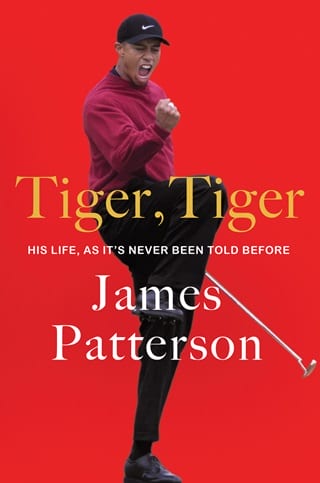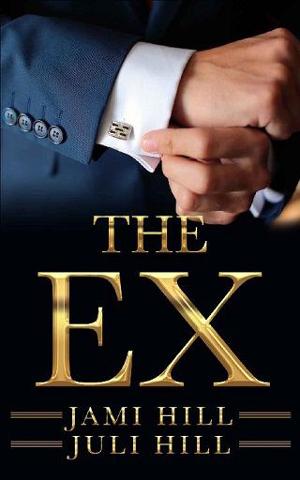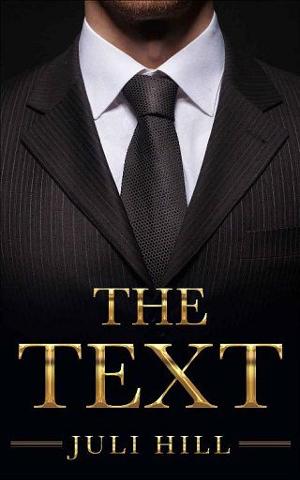Chapter 22
Greater Milwaukee Open
Brown Deer Park Golf Course
Milwaukee, Wisconsin
August 29 –September 1, 1996
After his first day of play at the Greater Milwaukee Open, Tiger comes off the course and into the TV studio, where he’ll sit with player-analyst Curtis Strange for an exclusive interview, broadcast on ABC Sports.
“There couldn’t have been a better time for a player like him to come along,” Strange says of Tiger. “Golf has never been more popular, and this is a guy who is one of the few who can really push product.”
Strange speaks from experience. Before winning consecutive U.S. Opens in 1988 and 1989, he signed a footwear contract with Nike. That was in 1985, not long after the Spanish golfer Seve Ballesteros became Nike’s first athlete-endorser.
“We didn’t invent it,” Knight says of the marketing concept, “but we ratcheted it up several notches.” Tiger could be Nike’s “Air apparent” to Michael Jordan. “The world has not seen anything like what he’s going to do for the sport,” Knight tells Golf Digest in an interview on newsstands the next day. “It’s almost art. I wasn’t alive to see Claude Monet paint, but I am alive to see Tiger play, and that’s pretty great.”
Not to Nike shareholders. News of the mega–endorsement deal drives the stock price down 5 percent. Tiger can’t play with Nike balls or clubs because the company doesn’t produce them.
Tiger’s Titleist bag gets airtime as a set prop, his plush tiger-head driver cover standing out among the clubs in his brand-new signature carrier.
PGA champion Strange is more than twice Tiger’s age and is now a competitor as well as an on-air golf analyst with ABC Sports. He’s been doing both for the last year or so: although ABC has asked him to join its broadcast team full-time, Strange defers, saying, “I turned it down simply because I just wasn’t ready—I was still playing.”
Today’s interview with Tiger marks a first for them both—Tiger’s first as a professional and Strange’s first ever sit-down as an interviewer.
With his own personalized golf bag visible behind him, Strange asks Tiger, “What would be a successful week here at Milwaukee?”
“Two things,” Tiger answers. “To play four solid rounds. I’m off to a good start today.” He adds, “And a victory would be awfully nice, too.”
Strange is caught off guard by Tiger’s self-confidence. “A victory,” he repeats, his face involuntarily displaying a mixture of surprise and tension. He looks up to the ceiling for a moment.
“To me, that comes off as, uh, a little cocky or brash,” he says, almost in defense of his fellow PGA pros. How does Tiger think approaching his first pro tournament with an “I can win” attitude comes across to “the other guys on tour that have been out here for years and years and years”?
“I understand that,” Tiger calmly and carefully responds, but as far as he’s concerned, “I’ve always figured, why go to a tournament if you’re not going there to try and win? There’s really no point of even going. That’s the attitude I’ve had my entire life. And that’s the attitude I’ll always have.”
He gives a quick laugh. “As I would explain to my dad, second sucks. And third’s even worse.”
“But on tour, that’s not too bad,” Strange reminds him.
“It’s not too bad,” Tiger agrees. “But I want to win. Um, that’s just my nature.”
“You’ll learn,” Strange says, following his stern prediction with a big grin and a laugh. “I’m kidding ya. Sorry, I just had to say that.”
Tiger laughs, too. It’s time to stop talking and play golf.
In the first two rounds, Tiger scores 67–69—identical to his results at Pumpkin Ridge last week. The difference lies in the skill of his opponents. “These guys can go really low,” Tiger observes after a third-round 73 puts him fifteen strokes behind Jesper Parnevik, who’s leading the field with a 19-under 194. Like Tiger, the thirty-one-year-old Swedish golfer is seeking his first PGA victory.
Tiger draws an 8:28 a.m. tee time for the fourth and final round, on September 2, 1996. Out on the course, caddie Mike “Fluff” Cowan has experience to spare, but even the veteran caddie, who’s worked the tour since 1976, is unprepared for the size of the early morning crowd there to see Tiger’s greatness in action.
Though it’s apparent that his scores won’t put him atop the leaderboard, Tiger still has something up his sleeve. To Cowan, he says, “I guess since I can’t make anything on the greens I might as well hole something from off them.”
On the 14th, Tiger hits a 6-iron… and makes a hole in one.
“I tried to punch a 6-iron under the wind,” Tiger tells the Milwaukee Journal Sentinel. “The ball hit on the green and kicked left, and I said, ‘That should be close.’”
“It was wild,” he says. “I thought it might be short, but when it hit and bounced and people started jumping up and down up by the green, I started getting excited.”
The ace is Tiger’s first since the one he hit at age sixteen on the Navy Course in Long Beach, California. He celebrates by lobbing the ball into a gallery that erupts in cheers from tee to green. The Nekoosa, Wisconsin, man who catches the lucky souvenir also gets Tiger to autograph it.
Despite his stated desire to win, Tiger finishes the tournament twelve back from the lead, tying for a sixtieth-place finish worth $2,544. But he’s still thrilled to see the proof printed in the sports page. “That’s my money,” he says. “I earned this!”
It’s all part of his plan to avoid the six-round PGA Tour Q-School—the PGA Tour Qualifying Tournament—by scoring well enough to play on the 1997 tour. Over the course of the next six weeks, Tiger will compete under sponsors’ exemptions in six PGA tournaments. He’ll need a couple of first- or second-place results—or several in the top ten—to earn the approximately $150,000 in prize money needed to finish in the top 125 on the 1996 PGA money list.
“I’m prepared for whatever happens,” he tells the New York Times. “I’m out here playing for a living now. I’m not an amateur anymore. This is my job.”
 Fullepub
Fullepub 



